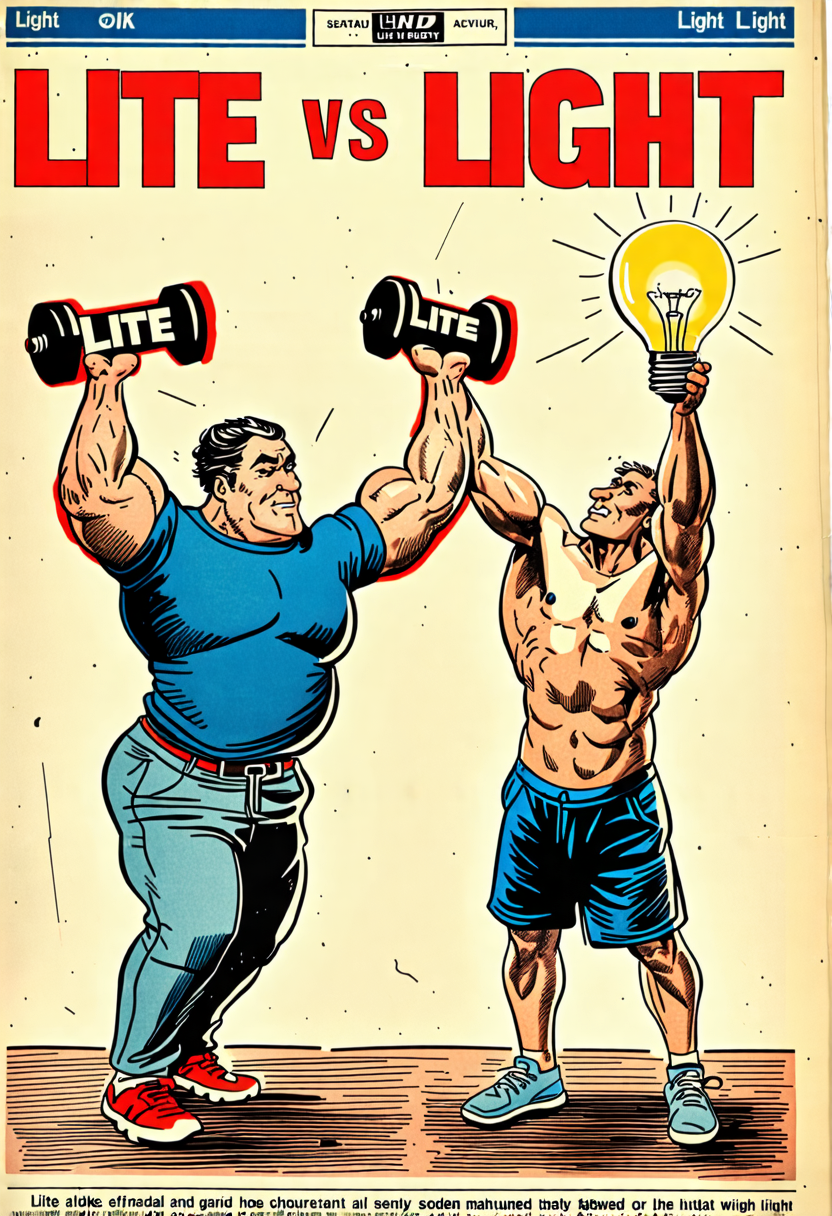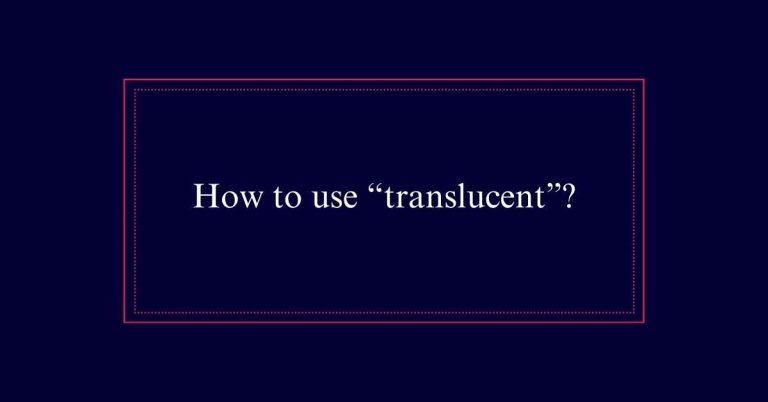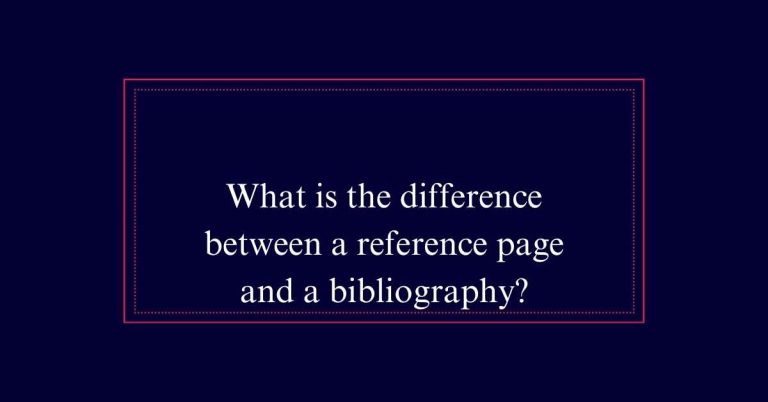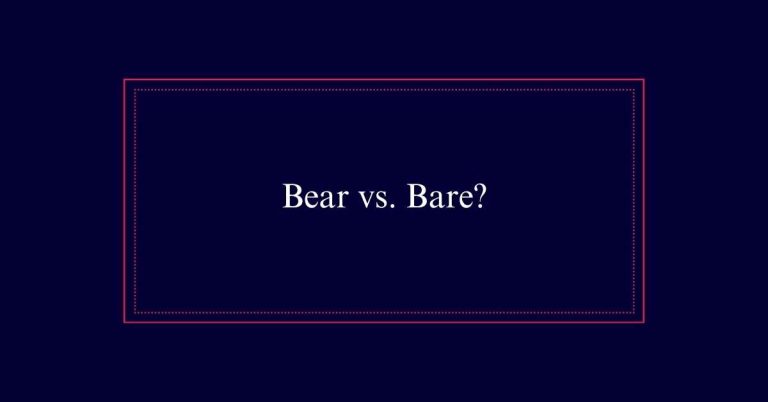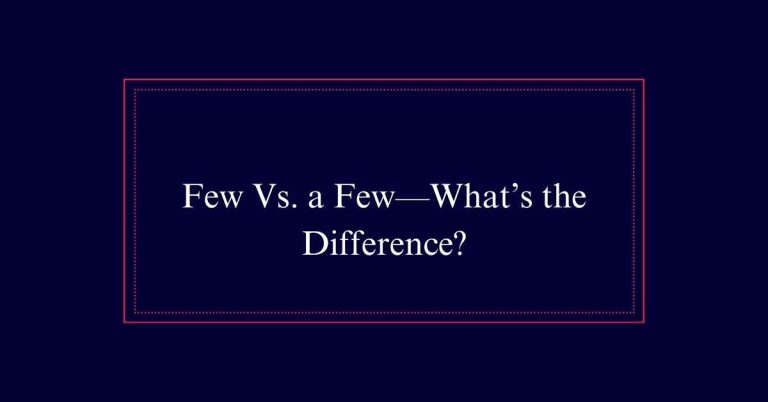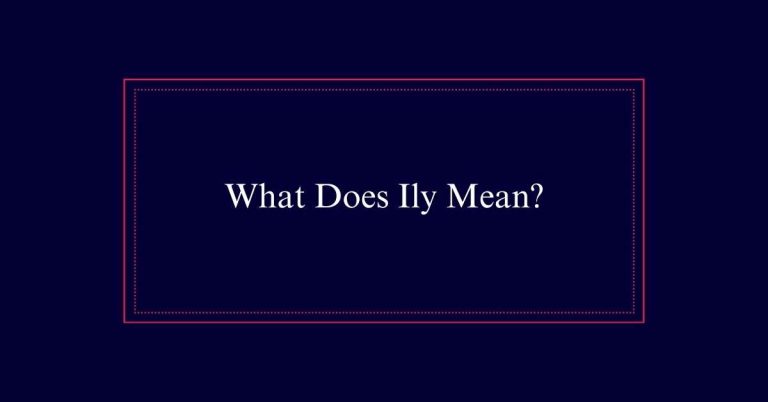Lite Vs. Light
The terms ‘lite’ and ‘light’ have distinct meanings. ‘Light’ refers to electromagnetic radiation that makes objects visible and can also describe something not heavy. It is used in a broad range of contexts like physics, photography, and common language. ‘Lite,’ on the other hand, is an informal variant primarily used in advertising to describe products with reduced sugar, fat, or calories.
Definition of Lite
In advertising and marketing, ‘lite’ is an informal simplification of the word ‘light.’ It is often used to describe products with reduced sugar, fat, or nicotine content. For instance, ‘lite’ can be found on food, drinks, and cigarettes. This term also applies to beers and wines with fewer calories or lower alcohol levels.
As a noun, ‘lite’ refers to these lighter versions of products. Additionally, ‘lite’ is used for simplified versions of original items, like Dewey Lite for a streamlined cataloging system.
Definition of Light
Light, as a noun, refers to the natural agent that makes things visible. It is fundamentally electromagnetic radiation that can be perceived by the human eye. Light encompasses a range of wavelengths, including visible, ultraviolet, and infrared. In everyday terms, light enables us to see our surroundings by illuminating objects. This concept of light is pivotal in various fields, including physics, photography, and art.
As an adjective, ‘light’ can describe something not heavy, like a light meal or a light fabric. It is also used as a verb, meaning to ignite or illuminate, such as lighting a candle. Light plays a significant role in both practical applications and theoretical studies.
Historical Context
The historical context of the terms ‘lite’ and ‘light’ reveals their distinct evolution and usage in the English language. ‘Light’ has been a part of English for centuries, stemming from Old English ‘leoht’. It has multiple meanings, such as illumination and less weight. In contrast, ‘lite’ is a modern variant, emerging in the 20th century, primarily in American advertising. It denotes products with reduced calories or simpler versions.
| Term | Origin | Primary Use | First Known Use | Contextual Meaning |
|---|---|---|---|---|
| Light | Old English | Formal & Informal | Before 12th century | Illumination, weight, pale |
| Lite | Modern English | Informal, Marketing | 20th century | Reduced calories, simplified |
Advertising Usage
When used in advertising, the term ‘lite’ often signifies a product with reduced calories, fat, or other ingredients. This term is commonly employed to appeal to health-conscious consumers looking for lighter alternatives.
For example, ‘lite’ beers and sodas are marketed as having fewer calories. Similarly, ‘lite’ snacks may contain less fat or sugar compared to their standard versions. The use of ‘lite’ in advertising helps brands differentiate their products in a competitive market. It suggests a healthier option without the full commitment of a diet product.
Lite in Product Labeling
Many products use the term ‘lite’ on their labels to indicate reduced levels of sugar, fat, or calories. This labeling is common in the food and beverage industry. For example, ‘lite’ beers and sodas have fewer calories compared to their regular counterparts. Similarly, ‘lite’ snacks may contain less fat.
This term helps consumers quickly identify healthier or lower-calorie options. In technology, ‘lite’ versions of software or apps offer basic features, making them easier to use. The ‘lite’ lab is a marketing tool aimed at health-conscious consumers.
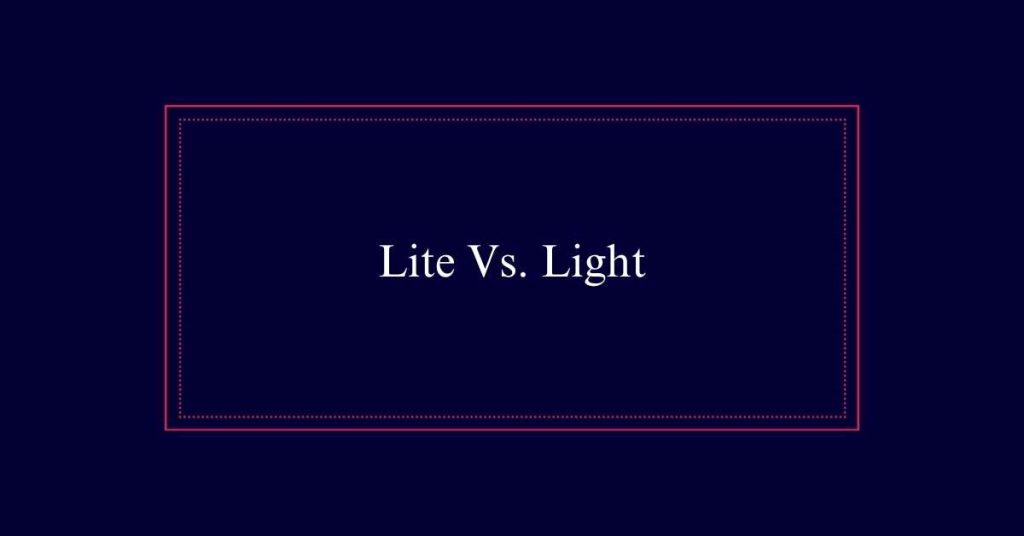
Light in Literature
While ‘lite’ dominates product labeling, ‘light’ holds a significant place in literature, representing illumination and metaphorical clarity. Authors use ‘light’ to symbolize understanding, hope, and purity.
Here are three notable uses in literature:
- Symbolism: ‘Light’ often symbolizes knowledge and enlightenment, as seen in works like J.R.R. Tolkien’s ‘The Lord of the Rings.’
- Imagery: Writers use ‘light’ to create vivid scenes, enhancing the reader’s experience, such as in James N. Frey’s novels.
- Themes: Light serves as a central theme to contrast darkness, representing the struggle between good and evil.
Formal Writing Guidelines
In formal writing, it is imperative to use the word ‘light’ instead of the informal ‘lite’ to maintain professionalism and adherence to standard grammar rules.
‘Lite’ is a colloquial term, often used in advertising or casual contexts. It is not appropriate for academic papers, business reports, or official documents. Formal writing requires precision and clarity, which ‘light’ provides.
Additionally, ‘light’ is versatile, serving as a noun, verb, adverb, and adjective, making it suitable for various contexts. Using ‘lite’ can undermine the credibility of the text and distract the reader.
Informal Writing Contexts
Informal writing contexts, such as personal blogs or social media posts, often see the use of ‘lite’ to convey a casual tone. In these settings, ‘lite’ can add a playful or relaxed feel. It is commonly accepted in casual communication and can be used without much concern for formal correctness.
People might prefer ‘lite’ for several reasons:
- Simplicity: It is shorter and easier to type.
- Modernity: It can appear more contemporary or trendy.
- Marketing Influence: Its frequent use in advertising makes it familiar.
Branding Strategies
Effective branding strategies often leverage the term ‘lite’ to attract health-conscious consumers and emphasize the product’s reduced content of calories, sugar, or fat. Companies use ‘lite’ to signal a healthier choice. This term is prevalent in the food and beverage industry, where it denotes products with lower calories or fat.
For instance, ‘lite’ snacks are marketed as better options for those mindful of their intake. The word ‘lite’ is also used in technology products, indicating simplified versions with fewer features. This branding strategy is effective because it clearly communicates the product’s benefits, making it appealing to a specific target audience.
Consumer Perception
Consumer perception of ‘lite’ products greatly influences purchasing decisions. Shoppers often associate ‘lite’ labels with healthier or more suitable options for dietary needs. This perception is driven by several factors:
- Health Consciousness: Consumers believe ‘lite’ products have reduced calories, fat, or sugar, aligning with health goals.
- Marketing Influence: Advertising campaigns effectively promote ‘lite’ as beneficial, enhancing its appeal.
- Brand Trust: Established brands using ‘lite’ labels are trusted for delivering quality and healthier alternatives.
